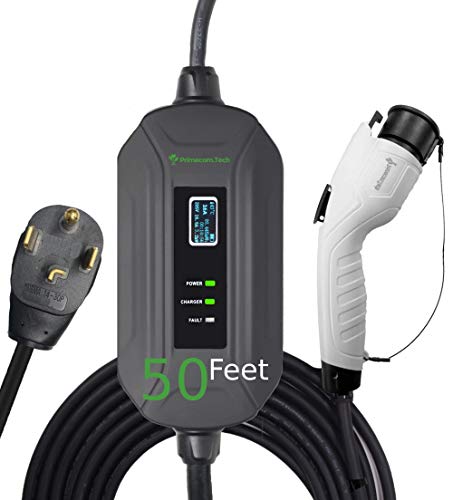longrangeview
Well-known member
Zap! There goes another great electric rate plan. PG&E will eliminate the E-7 rate plan effective March 1, 2016.
Looks like I will choose E-TOU until 2022. Everybody has a slightly different situation. I have solar panels that were installed in 2002 when E 7 was in effect. I opted out of a smart meter. I have a time of use meter. I have permanently installed electric heating for my house. Of course I can program my car to charge off peak between midnight and 10:00 AM which I have been doing lately.
Have any other northern Californians gotten the letter from PG&E yet? What's your experience so far with the best rates for solar panel owners with an EV in Northern California?
Thanks in advance!
Looks like I will choose E-TOU until 2022. Everybody has a slightly different situation. I have solar panels that were installed in 2002 when E 7 was in effect. I opted out of a smart meter. I have a time of use meter. I have permanently installed electric heating for my house. Of course I can program my car to charge off peak between midnight and 10:00 AM which I have been doing lately.
Have any other northern Californians gotten the letter from PG&E yet? What's your experience so far with the best rates for solar panel owners with an EV in Northern California?
Thanks in advance!


































